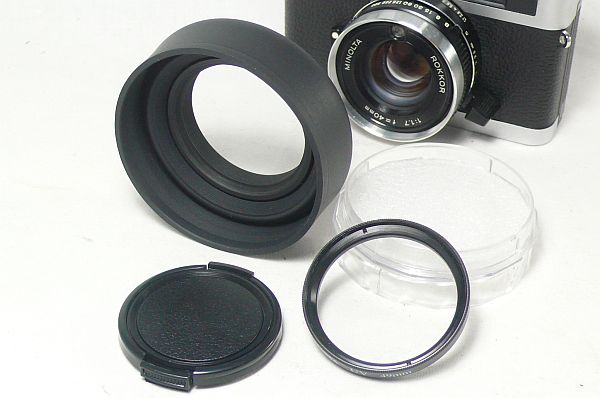The culprit is UV radiation, which is outside the range of visible light but still can affect photographic images by lowering their overall contrast. Don’t despair. You can overcome the problem by using a UV filter. By reducing the amount of UV light, you can capture a photographic image that more closely resembles the image in the light table of your mind. If you’re artistically minded, you can use a filter to subtly convey emotion, evoke memories and summon up other feelings that embellish and shape the way we see the world [sources: Sholik, Hoddinott].
When you look through a UV filter, the thin, clear piece of glass inside a plastic or metal ring doesn’t seem to block any light at all. That’s because you can’t see UV, the sort of light that it filters, which has a shorter wavelength than visible light. The filtering occurs at the subatomic level. The particular arrangement of electrons in the atoms that make up the filter allows most frequencies of light to get through. But it hinders part of the UV range, which includes everything below 400 nanometers in wavelength [source: Chemistry Department, Michigan State University].
Some photography blogs and manuals argue that UV filtering isn’t really needed as much as it once was, because of advances in both film and digital imaging. But UV filters also perform another valuable function. Because you can leave them on your camera pretty much all of the time, the filter protects your lens from being contaminated with dust or scratched while you’re out on a shoot. Unlike a camera lens, which can cost hundreds of dollars, you can buy a UV filter for $20 or less, so it’s much more expendable — though, with a little care, it’s fairly durable, as well [source: Hoddinott].
How to Use UV Filters on Your Lens
A lot of photographers keep UV filters on their cameras almost all the time to protect their lenses. If you’re one of those photographers, you should use a multicoated UV filter, which helps curb any additional image degradation, or flare, that you might otherwise get from the sun or reflective light sources. Multicoating can ensure that 99.7 percent of the available light gets into the camera — that is, just about everything except for what you’re deliberately trying to block [source: Sholik].
But even if you choose not to use a UV filter for lens protection, there are some situations in which you’ll definitely want to attach one to improve or alter the quality of your images. Veteran photographers Stan Sholik and Ron Eggers recommend using a UV filter in certain environments, such as in the mountains or out in the ocean, where large amounts of UV radiation are found [source: Sholik]. Additionally, photographer Ross Hoddinott advises using a UV filter for aerial photography. You also can use a UV filter to boost the contrast when you’re shooting outdoors in the shadows or on an overcast day. But you should be aware that UV filters won’t reduce every type of atmospheric distortion — they won’t eliminate haziness resulting from mist or fog, for example.
Manufacturers offer various grades of UV filters, which enable you to choose one that best fits the conditions in which you’re shooting. Tiffen, for example, offers a range: from a basic UV filter, which blocks only a minimal amount of UV radiation and is mostly intended for lens protection, to the Haze 2A, which absorbs virtually all UV [source: Tiffen].
Using a UV filter isn’t very difficult. Usually, you just screw it onto your camera lens. If you’re using a multicoated filter, you probably don’t need to adjust your aperture or shutter speed to compensate, since the filter will reduce the amount of light by only a fraction of a percent [source: Hoddinott].
For more Detail: How UV Filters for Cameras Work

